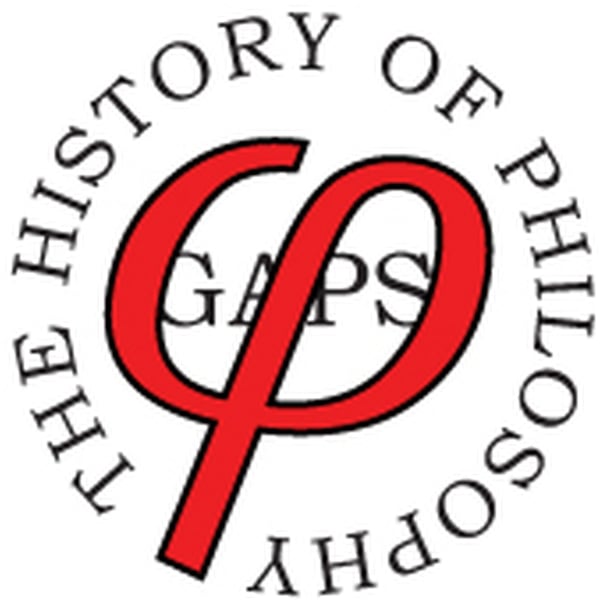HoP 467 Written in Mathematics: Descartes’ Physics
History of Philosophy Without Any Gaps
Peter Adamson
4.7 • 1.9K Ratings
🗓️ 13 April 2025
⏱️ 28 minutes
🧾️ Download transcript
Summary
Transcript
Click on a timestamp to play from that location
| 0:00.0 | Hi, I'm Peter Adamson, and you're listening to the History of Philosophy podcast, brought to you with the support of the philosophy department at King's College London and the L.MU in Munich, online at historyof philosophy.net. |
| 0:25.8 | Today's episode, written in mathematics, Descartes Physics. |
| 0:33.0 | Philosophy is written in this all-encompassing book that is constantly open before our eyes, |
| 0:38.4 | that is, the universe, but it cannot be understood unless one first learns to understand |
| 0:43.6 | the language and knows the characters in which it is written. |
| 0:47.1 | It is written in mathematical language, and its characters are triangles, circles, and |
| 0:52.3 | other geometrical figures. Without these, it is |
| 0:55.3 | humanly impossible to understand a word of it, and one wanders around pointlessly in a dark |
| 1:00.8 | labyrinth. These lines were written by Galileo, in his treatise the Assayer, El Sagittore, |
| 1:08.3 | which appeared in 1623. |
| 1:15.4 | As it happens in that very same year, Descartes went to Italy as part of his youthful wanderings around Europe. |
| 1:17.4 | Those travels had already brought him to the Netherlands a few years earlier, where he |
| 1:21.0 | worked with Beekmann, who, like Galileo, cherished the idea that the study of nature |
| 1:25.3 | could best be pursued through mathematics. |
| 1:28.2 | Beekman would also have encouraged Descartes to embrace corpusularianism, |
| 1:32.8 | the idea that the physical objects around us are made of far smaller bodies, too tiny to see. |
| 1:38.8 | As we've seen, Descartes was later reluctant to share credit for these ideas with |
| 1:42.8 | Baikman, so I suppose he would |
| 1:44.9 | be annoyed with me for pointing out that the two men were carrying on developments that had |
| 1:49.2 | already been underway for decades. Apart from Galileo himself, there were the humidists who laid |
| 1:55.0 | foundations for his work, like Giovanni Battista Benedetti, Federico Camandino, Leon Battista Alberti, and Reggio Montanus. |
| 2:04.2 | As I discussed way back in episode 361, these scholars devoted philological studies and commentaries |
... |
Transcript will be available on the free plan in 16 days. Upgrade to see the full transcript now.
Disclaimer: The podcast and artwork embedded on this page are from Peter Adamson, and are the property of its owner and not affiliated with or endorsed by Tapesearch.
Generated transcripts are the property of Peter Adamson and are distributed freely under the Fair Use doctrine. Transcripts generated by Tapesearch are not guaranteed to be accurate.
Copyright © Tapesearch 2025.

